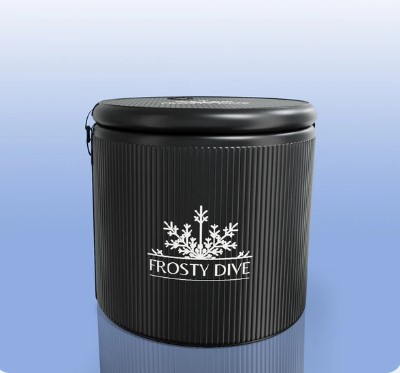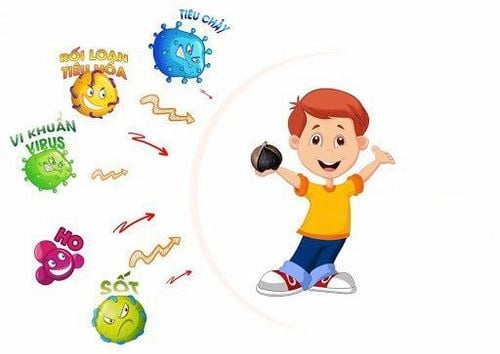Cold water therapy, also known as cryotherapy or cold immersion, has become a staple in athletic recovery and wellness routines. While its use dates back centuries, modern science is beginning to unravel how and why exposing the body to cold temperatures can aid in recovery and enhance performance. At the core of water chiller for ice bath effectiveness lies a combination of physiological responses that work together to reduce inflammation, enhance circulation, and promote healing.
1. Vasoconstriction and Vasodilation
When the body is immersed in cold water—typically between 50°F and 59°F (10°C to 15°C)—it undergoes immediate vasoconstriction, or the narrowing of blood vessels. This response limits blood flow to the extremities and muscles, which helps reduce inflammation and swelling in damaged tissues. The cold essentially slows down the metabolic processes that cause inflammation.
Once the body rewarms after exiting the cold environment, vasodilation occurs. This rebound effect causes blood vessels to widen, improving blood circulation and allowing nutrient-rich, oxygenated blood to return to the muscles. This flushing action helps remove metabolic waste products like lactic acid, which can contribute to soreness and fatigue.
2. Reduction of Inflammation and Muscle Damage
Cold water therapy helps reduce exercise-induced muscle damage (EIMD). After intense physical activity—especially eccentric movements like sprinting or weightlifting—microtears form in the muscle fibers, leading to inflammation and delayed onset muscle soreness (DOMS). By minimizing the body’s inflammatory response, cold water immersion can help limit the extent of tissue damage and shorten recovery time.
A 2016 meta-analysis published in the Journal of Strength and Conditioning Research found that cold water immersion was effective in reducing muscle soreness 24 to 96 hours after exercise. This supports the theory that cold exposure helps blunt the inflammation process and speeds up healing.
3. Neurological and Hormonal Responses
Cold exposure also affects the central nervous system (CNS), which plays a critical role in recovery. Cold water therapy has been shown to reduce the perception of pain by slowing down nerve signaling and increasing the release of endorphins—natural painkillers produced by the brain. This creates a short-term analgesic effect, making it easier for athletes to resume training sooner.
Additionally, cold exposure increases the release of norepinephrine, a hormone and neurotransmitter associated with focus, alertness, and reduced pain perception. Elevated levels of norepinephrine also promote the contraction of blood vessels, further aiding in inflammation control and improved vascular function.
4. Improved Sleep and Recovery Cycles
Cold therapy may indirectly enhance recovery by improving sleep quality. Deep, restorative sleep is essential for muscle repair and growth. Cold exposure lowers core body temperature and can help regulate circadian rhythms, making it easier to fall asleep and stay asleep. Athletes who use cold plunges or cold showers as part of their evening routine often report improved sleep and better overall recovery.
5. Potential Benefits to Immune and Metabolic Systems
While more research is needed, preliminary studies suggest that cold water therapy may also influence the immune system by increasing the number and activity of white blood cells. It may also stimulate brown adipose tissue (brown fat), which burns energy to generate heat, potentially aiding in weight management and improving insulin sensitivity.
Conclusion
The science behind cold water therapy for recovery is rooted in the body’s natural physiological responses to cold exposure. From reducing inflammation and muscle damage to enhancing circulation and hormone regulation, cold immersion offers a multi-faceted approach to post-exercise recovery. While it may not be a one-size-fits-all solution, incorporating cold water therapy into a broader recovery strategy can be a powerful tool for athletes and fitness enthusiasts alike. As always, it’s important to listen to your body and consult with a healthcare professional before starting any new recovery regimen.



